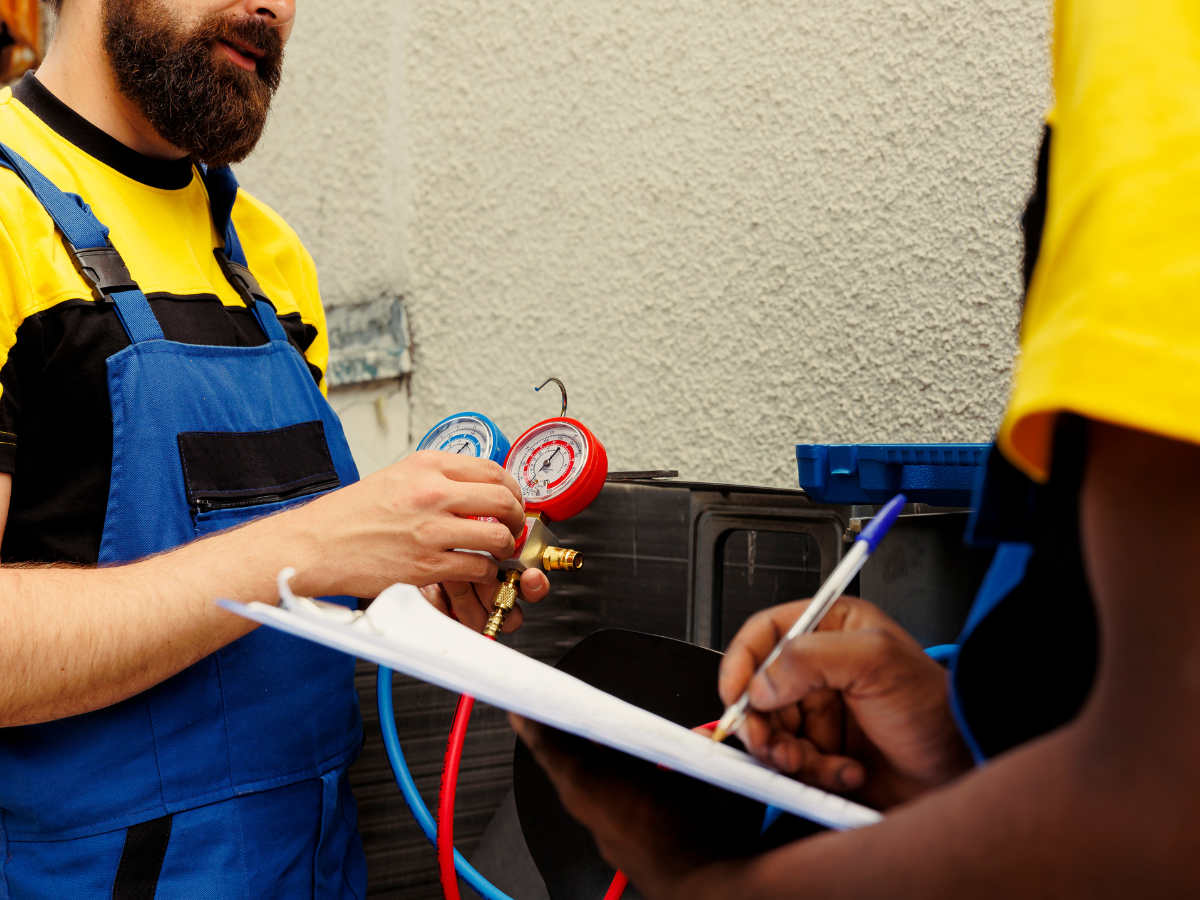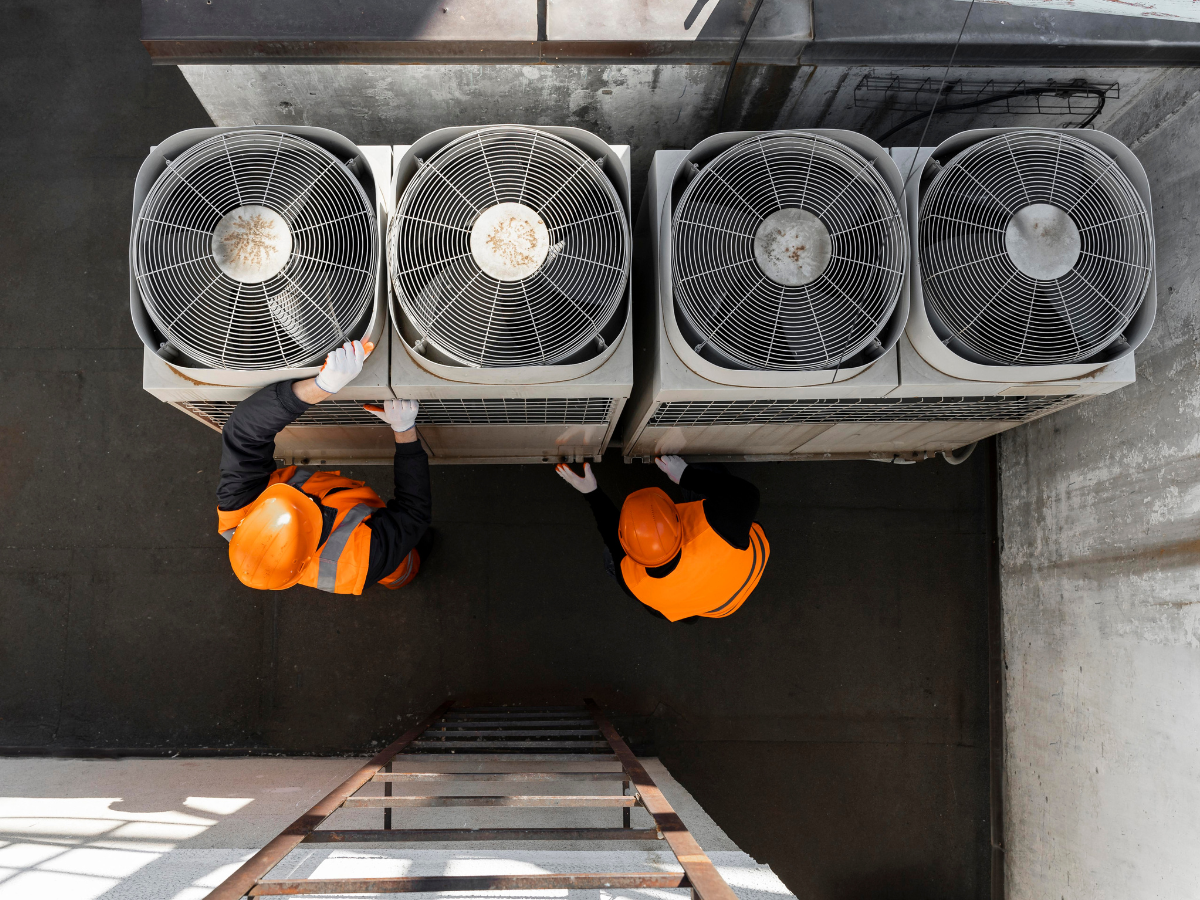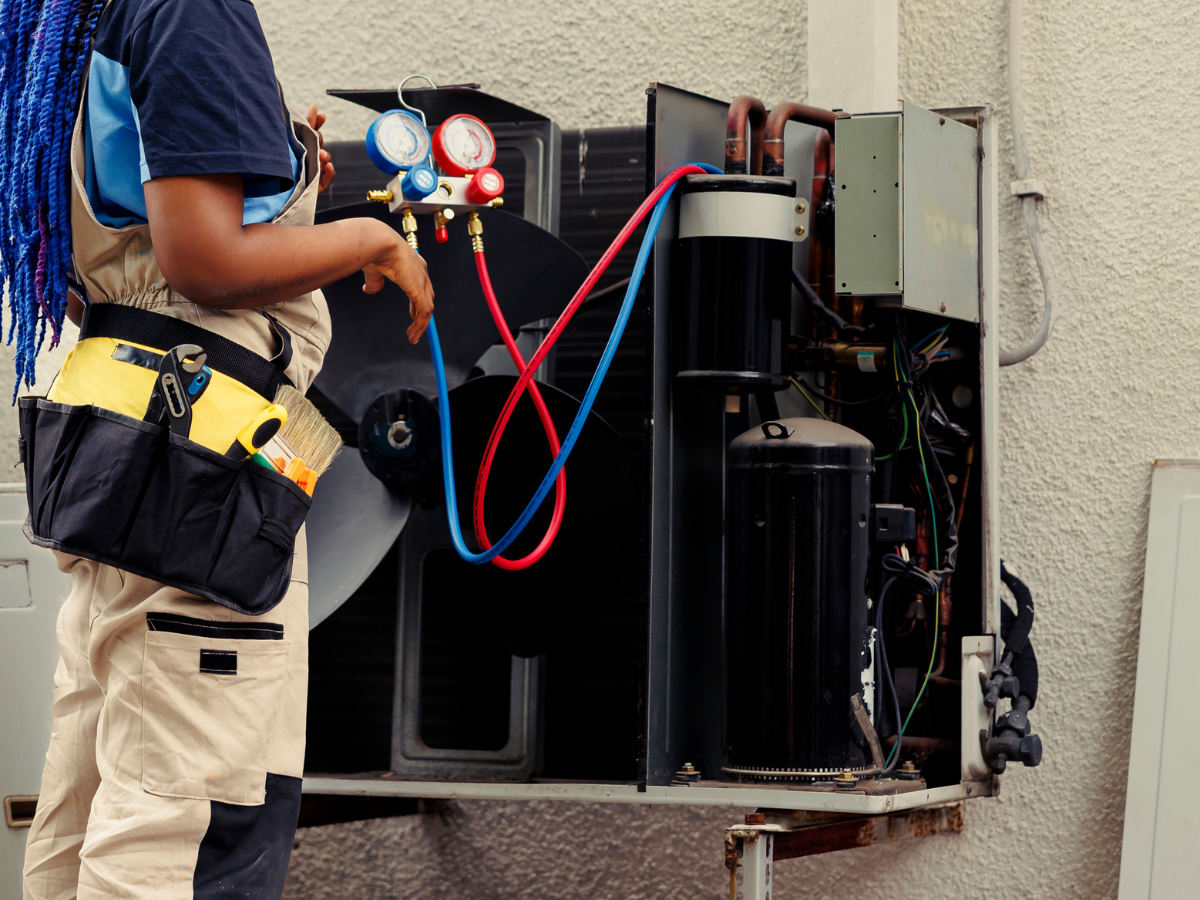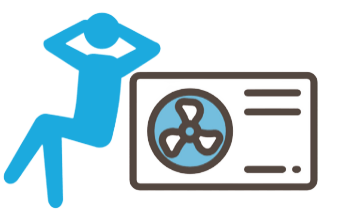Why Ductless Heatpumps Are Ideal for Efficient Home Comfort
When it comes to home heating and cooling solutions, efficiency, flexibility, and comfort are at the top of every homeowner's list. Enter ductless heatpumps, a modern solution that checks all these boxes and more. At Comfort Zone HVAC, we specialize in providing top-quality ductless heat pump systems to homes across Whatcom County. But why are these systems gaining so much traction? Let's dive into what makes ductless heat pumps an excellent investment for your home.
Understanding Ductless Heatpumps: A Modern Comfort Solution
A mini-split system is an energy-efficient heating and cooling solution that doesn’t rely on traditional ductwork. Instead, it consists of an outdoor unit and one or more indoor air-handling units connected by refrigerant lines. These systems deliver heated or cooled air directly into specific zones in your home, offering precise temperature control where you need it most.
How Does This System Work? Discover the Innovative Technology Behind Modern Heating and Cooling
The technology behind this system is both innovative and straightforward. In the heating mode, the system extracts heat from the outside air, even in cold temperatures, and transfers it indoors. In cooling mode, it reverses the process by removing heat from inside your home and expelling it outdoors. This efficient heat transfer process makes these systems a green alternative to traditional HVAC systems.
Why You’ll Love This Heating and Cooling Solution
- Energy Efficiency
These systems are renowned for their energy efficiency. Traditional ducted systems can lose up to 30% of their energy through leaks in the ductwork. Since these systems eliminate the need for ducts, this energy loss is avoided. Additionally, they use advanced inverter technology to maintain consistent temperatures without consuming excess energy. - Cost Savings
With reduced energy consumption comes lower utility bills. While the initial investment in a new system may be higher than some alternatives, homeowners often find that the long-term savings on heating and cooling expenses more than make up for the upfront costs. - Zoned Comfort
One of the standout features of this system is its ability to create multiple temperature zones within a home. Each indoor unit operates independently, allowing you to customize the temperature in different rooms to suit individual preferences. Say goodbye to family disagreements over the thermostat settings! - Easy Installation
Installing this system is faster and less invasive than traditional HVAC systems. Without the need for extensive ductwork, the process is streamlined, often taking just a day or two. This is particularly advantageous for older homes or spaces where adding ducts is impractical. - Improved Indoor Air Quality
Ductwork can accumulate dust, allergens, and mold, which are then circulated throughout your home. These systems bypass this issue entirely. Many models also include advanced filtration systems to remove airborne particles, ensuring cleaner, healthier air. - Environmental Benefits
By using electricity more efficiently and reducing reliance on fossil fuels, these systems have a smaller carbon footprint than many traditional heating and cooling systems. If you’re looking to make your home more eco-friendly, this is a step in the right direction.
Where This System Works Best
These systems are versatile and can be used in a variety of settings, including:
- Older Homes: Many older homes lack ductwork, making this system an ideal choice for adding modern comfort without extensive renovations.
- Room Additions: Expanding your home? This system is a quick and efficient way to provide heating and cooling to the new space.
- Multi-Story Homes: With zoned temperature control, you can heat or cool specific floors as needed.
- Homes with Hot or Cold Spots: If certain rooms in your home are consistently uncomfortable, this system can address these issues without affecting the rest of the house.
How to Choose the Perfect System for Your Home
We understand that every home is unique. That’s why we offer a range of systems tailored to meet your specific needs. Here are some factors to consider when selecting the right one:
- Size of the System
The size of your system should match the square footage and layout of your home. A system that’s too small won’t effectively heat or cool your space, while an oversized system can lead to inefficiency and higher energy costs. Our experts can perform a thorough assessment to determine the perfect fit for your home. - Number of Indoor Units
Consider how many zones you want to create. A single-zone system is great for open-concept spaces or single rooms, while a multi-zone system can cover multiple rooms or entire floors. - Energy Efficiency Ratings
Look for systems with high Seasonal Energy Efficiency Ratio (SEER) and Heating Seasonal Performance Factor (HSPF) ratings. These numbers indicate the system’s efficiency in cooling and heating, respectively. - Features and Technology
Modern systems come with a range of features, from Wi-Fi-enabled thermostats to advanced air filtration systems. These add-ons can enhance your system’s performance and your overall comfort.

Professional Installation Matters
While these systems are relatively easy to install compared to traditional systems, professional installation is crucial to ensure optimal performance and longevity. Our certified technicians have years of experience installing these systems with precision and care. From choosing the right location for indoor and outdoor units to ensuring proper refrigerant line connections, we handle every detail to maximize efficiency and comfort.
Essential Maintenance Tips for Long-Lasting Performance
To keep your system running smoothly, regular maintenance is key. Here are some tips:
- Clean the Filters: Dirty filters can restrict airflow and reduce efficiency. Check and clean them every month, especially during peak usage seasons.
- Inspect the Outdoor Unit: Keep the area around the outdoor unit clear of debris, leaves, and snow to ensure proper airflow.
- Schedule Annual Tune-Ups: Professional maintenance can catch potential issues early and keep your system in top condition.
- Monitor for Unusual Sounds or Performance Issues: If you notice any changes in how your system operates, contact us right away. Prompt attention can prevent minor problems from becoming major repairs.
Why Choose Us for Your Heating and Cooling Needs?
We pride ourselves on delivering exceptional service and high-quality products. Here’s what sets us apart:
- Expertise: With years of experience in the HVAC industry, we have the knowledge and skills to recommend and install the best system for your home.
- Customer Focus: Your comfort is our priority. We take the time to understand your needs and provide personalized solutions.
- Top-Quality Products: We work with leading brands to ensure you receive reliable, energy-efficient systems that stand the test of time.
- Comprehensive Services: From consultation and installation to maintenance and repairs, we’re your one-stop shop for all things HVAC.
Take the First Step Toward Superior Home Comfort
Ready to transform your home’s comfort? For those considering ductless mini splits, upgrading your heating and cooling system is a smart choice. Contact us today to schedule a consultation and discover how we can help you achieve year-round comfort with an energy-efficient, eco-friendly solution.
Don’t settle for less—let us guide you to the perfect system for your home. Visit
Comfort Zone HVAC in Bellingham, WA to explore our services and take the first step toward a more comfortable, sustainable living space.
You might also like




